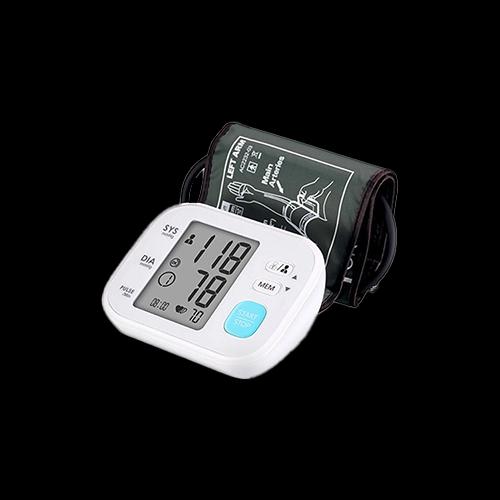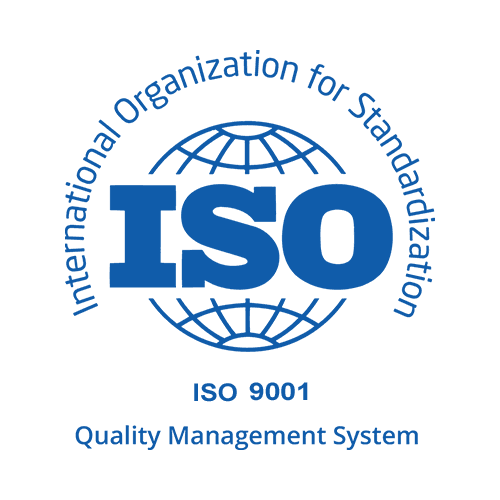Pressure calibration is an essential process that ensures the accuracy and consistency of pressure measuring devices, such as gauges, transducers, and sensors. At CI Scientific, we understand the importance of accurate pressure measurement in a variety of industries, including manufacturing, aerospace, energy, automotive, and medical. That's why we offer a comprehensive pressure calibration service to help our clients maintain the precision and reliability of their measuring devices.
Our experienced technicians use state-of-the-art equipment and follow industry-standard procedures to perform pressure calibration with the highest level of accuracy. We also use primary and secondary standards that are traceable to National Association of Testing Authorities, Australia (NATA) which ensures the quality and accuracy of our calibration services.
We understand the importance of compliance with industry regulations and standards, such as ISO 9001, which require that measuring devices be calibrated at specified intervals. That's why we provide our clients with a convenient online client portal called CISCAL SMART, which allows them to keep track of their calibration records. This ensures that they can meet their compliance requirements and always have easy access to their calibration history.
When you choose CI Scientific for your pressure calibration needs, you can trust that your devices will be calibrated with the highest level of accuracy and consistency. Our experienced technicians and state-of-the-art equipment, along with our convenient online client portal, make us the perfect choice for your pressure calibration needs. Contact us today to learn more about our services and how we can help you maintain the precision and reliability of your measuring devices.
Pressure calibration is used in a variety of industries to ensure the accuracy and consistency of pressure measuring devices. Some of the industries that commonly use pressure calibration include:
- Manufacturing: In manufacturing, accurate pressure measurement is important for controlling processes, monitoring equipment performance, and ensuring product quality.
- Aerospace: In aerospace, accurate pressure measurement is essential for the safe operation of aircraft and other aerospace systems.
- Aerospace industry: The aerospace industry requires precise torque measurements for aircraft components to ensure the safety and reliability of flights. Torque calibration helps to prevent damage to equipment and injury to workers, and ensures the quality of the final product.
- Energy: In the energy sector, pressure calibration is important for monitoring and controlling the flow of liquids and gases in pipelines and storage tanks.
- Automotive: In the automotive industry, accurate pressure measurement is essential for monitoring and controlling the performance of engines and other systems.
- Medical: In medical settings, accurate pressure measurement is essential for monitoring vital signs and administering medication.
- Pharmaceuticals: In Pharmaceuticals, accurate pressure measurement is important to make sure the pressure inside the reactor, autoclave, sterilizer, and other equipment is accurate.
- Oil and Gas: In oil and gas industry, pressure calibration is critical for ensuring the safety and efficiency of drilling, production, and transportation operations.
- Food and Beverage: In food and beverage industry, pressure calibration is important for ensuring the safety and quality of food and beverages by monitoring the pressure in processing and packaging equipment.
- Environmental: In environmental industry, pressure calibration is important for monitoring and controlling the pressure of gases used in the analysis of air and water quality.
These are just a few examples of the many industries that use pressure calibration to ensure the accuracy and consistency of their measuring devices.
In Australia, pressure calibration standards and procedures are set by the National Association of Testing Authorities (NATA), which is the national accreditation body for laboratories and inspection bodies. The following are some of the standards, procedures, and requirements for pressure calibration in Australia:
- ISO/IEC 17025: This is the international standard for the competence of calibration and testing laboratories. It specifies the general requirements for the competence, impartiality, and consistent operation of laboratories.
- AS/NZS ISO 9001: This is the standard for quality management systems and it specifies the requirements for a quality management system when an organization needs to demonstrate its ability to consistently provide products and services that meet customer and regulatory requirements.
- AS/NZS ISO/IEC 17020: This standard applies to the competence of inspection bodies, and it specifies the general requirements for the competence, impartiality, and consistent operation of inspection bodies.
- Standards for Pressure Measurement: There are several standards for pressure measurement, including ASME B40.100, EN 837-1, and ISO 5167, which define the technical requirements for pressure gauges, transducers, and sensors.
- Traceability: The calibration of pressure measuring devices should be traceable to national standards, such as the National Measurement Institute (NMI) in Australia, which provides the primary standards for pressure measurement.
- Calibration Interval: The calibration interval for pressure measuring devices will depend on the type of device, the environment in which it is used, and the intended use of the device. AS/NZS ISO 9001 requires that the calibration interval should be established based on a risk assessment.
- Calibration Certificates: After calibration, the laboratory will provide a calibration certificate that includes the uncertainty of measurement, the calibration date, and the next due date for calibration. These are some of the main standards, procedures, and requirements for pressure calibration in Australia. It is important for organizations to comply with these standards and regulations to ensure the accuracy and consistency of their pressure measuring devices.
There are many different types of equipment and machines that require pressure calibration in order to ensure accurate and consistent measurement. Some examples include:
- Pressure gauges: These are devices that measure pressure in a system, such as a gas or liquid, and display the measurement on a dial or digital readout.
- Pressure transducers: These are devices that convert a pressure measurement into an electrical signal that can be read by a computer or other electronic device.
- Pressure sensors: These are devices that detect and measure pressure in a system, and can be used to control or monitor the system.
- Pressure switches: These are devices that are used to automatically turn on or off equipment or systems when a certain pressure level is reached.
- Pressure regulators: These are devices that control the pressure in a system by regulating the flow of gas or liquid.
- Pressure Calibrators: These devices are used to test and calibrate pressure measuring devices.
- Hydraulic and Pneumatic systems: These are systems that use fluids under pressure to generate, control, and transmit power.
- Compressors: These are devices that compress gases, such as air, in order to increase the pressure.
- Vacuum pumps: These devices are used to create a vacuum in a sealed container by removing the air or other gases.
These are just a few examples of the many types of equipment and machines that require pressure calibration. It is important for organizations to regularly calibrate these devices to ensure that they are providing accurate and consistent measurements.




